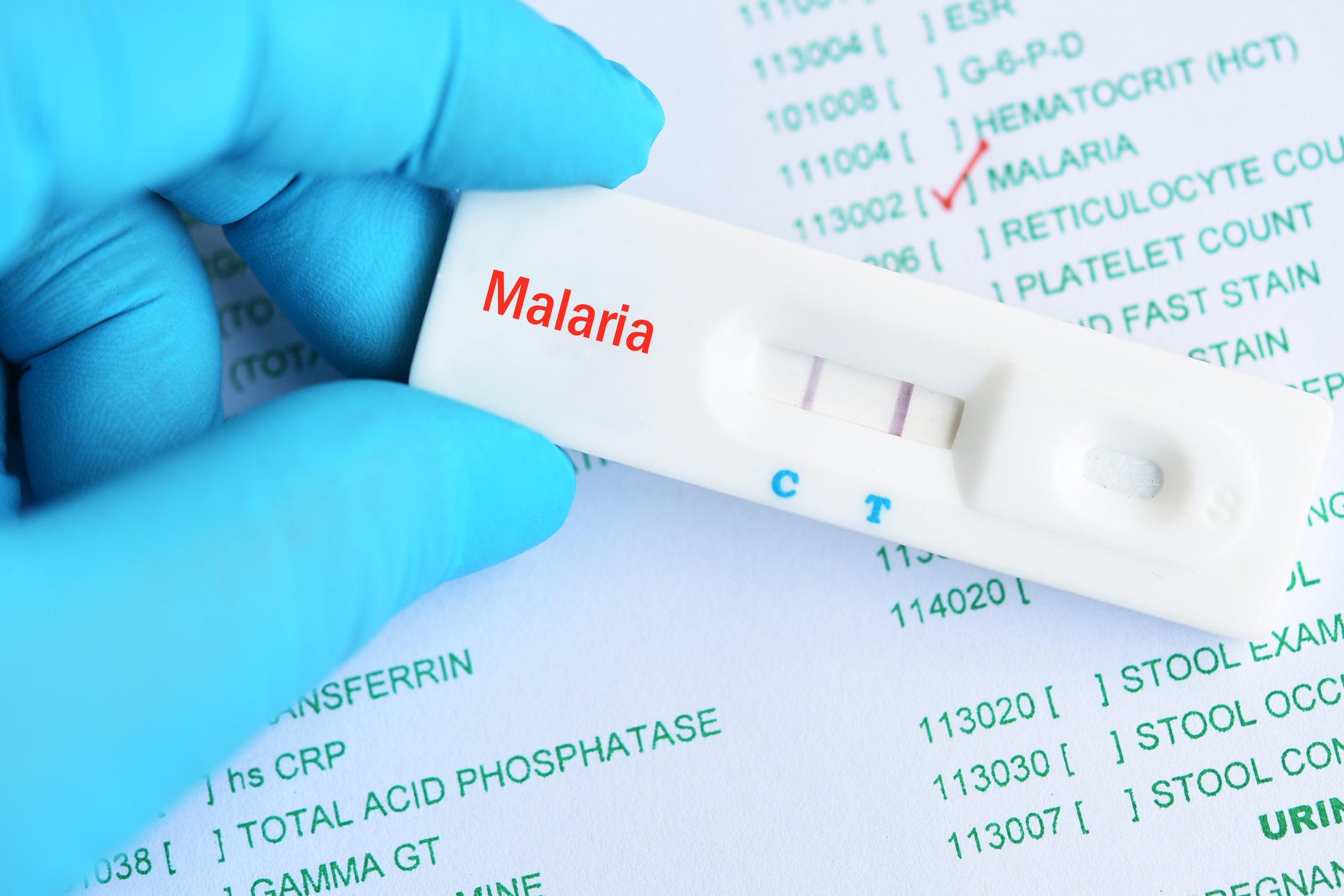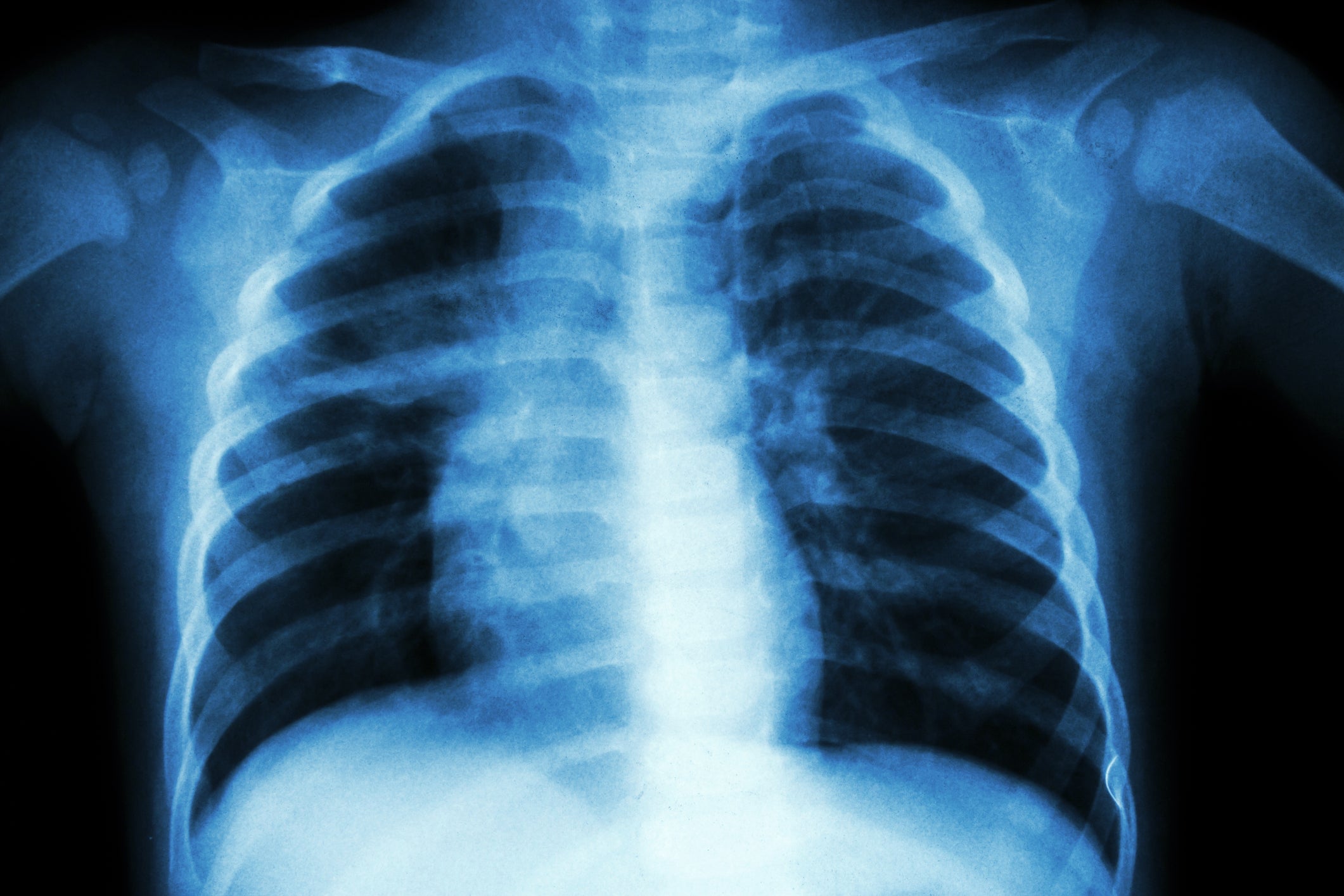Discovering how malaria parasites survive and multiply

A new study led by Harvard T.H. Chan School of Public Health has identified how Plasmodium falciparum—the parasite responsible for 90% of malaria cases in humans—survives, multiplies, and renders mosquitoes infectious. The findings equip scientists with a better understanding of malaria transmission and how it may be prevented, according to the researchers.
The study was published Oct. 22 in Nature and was led by Flaminia Catteruccia, Irene Heinz Given Professor of Immunology and Infectious Diseases.
Once ingested by a mosquito, most P. falciparum parasites die in the mosquito’s gut. The process by which some survive—and then multiply—is poorly understood. To fill this knowledge gap, the researchers used single-cell RNA sequencing to examine both P. falciparum and mosquito cells across different developmental stages and metabolic conditions.
The study found several factors and processes enabling parasites’ survival within the mosquito gut. The researchers identified the proteins essential for parasite growth and for human liver cells to become infected; revealed that parasites, when moving across epithelial tissue in the mosquito midgut, tend to interact with certain cells called progenitor cells, which they may use as navigation landmarks; and showed tight connections between late-stage parasites and surrounding muscle cells that may ensure that the parasite adheres to the mosquito midgut.
“Our study provides the first large-scale reconstructions of critical developmental stages that are essential for parasite survival and development, dramatically increasing our understanding of the processes that allow the transmission of malaria from mosquitoes to people,” said first author Yan Yan, postdoctoral fellow in the Department of Immunology and Infectious Diseases.
“With this information, we can now identify hundreds of potential targets for killing parasites in the mosquito,” Catteruccia added. “We can exploit these targets in the mosquito-based transmission-blocking strategies that we are currently developing in the laboratory.”
Read the study:
Mapping Plasmodium transitions and interactions in the Anopheles female


